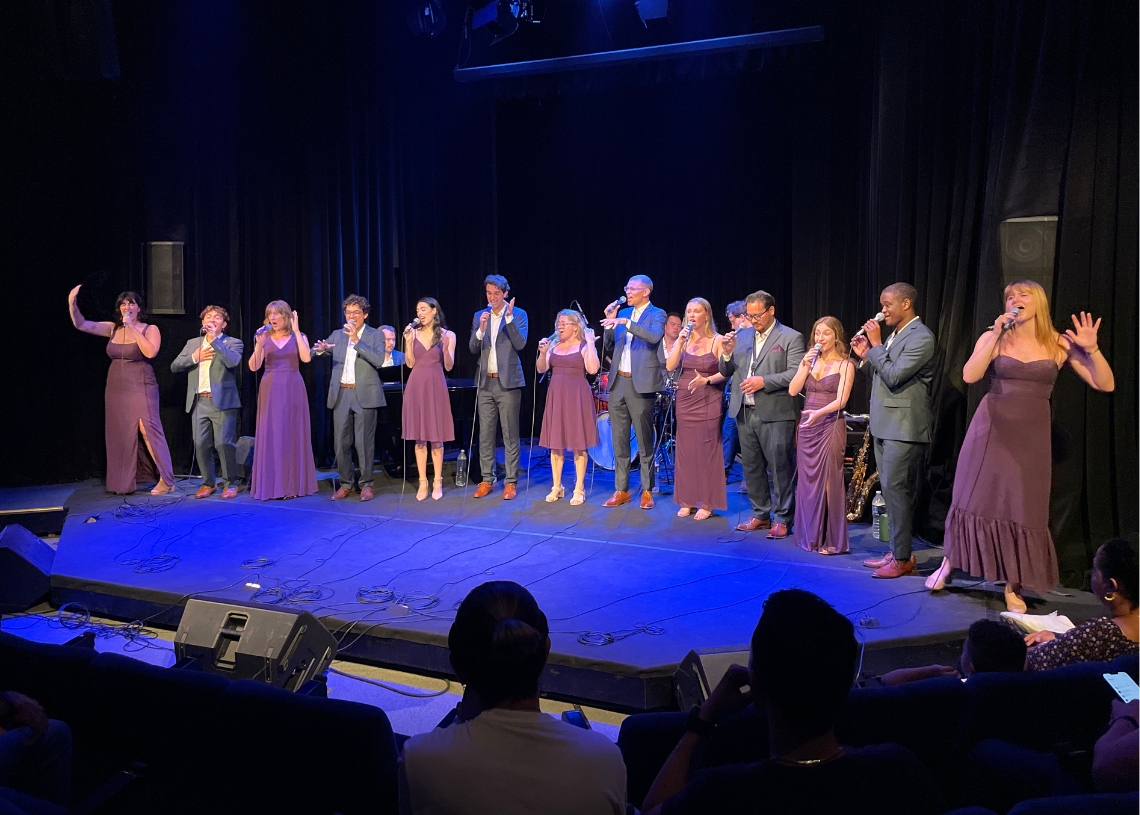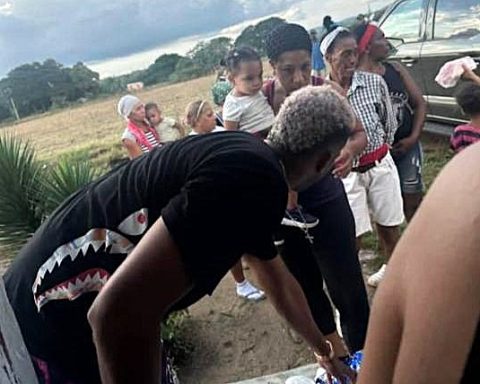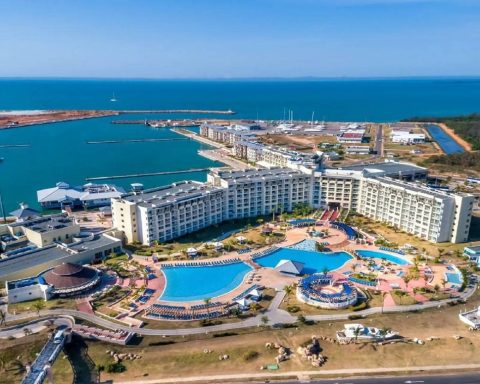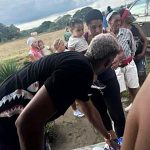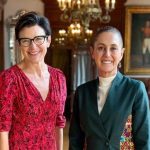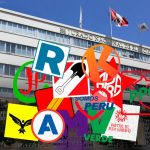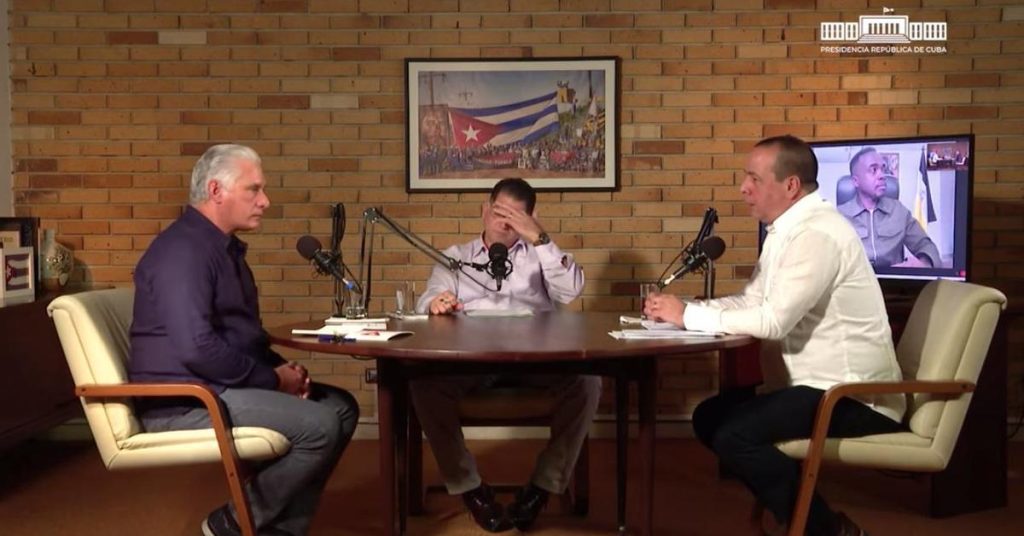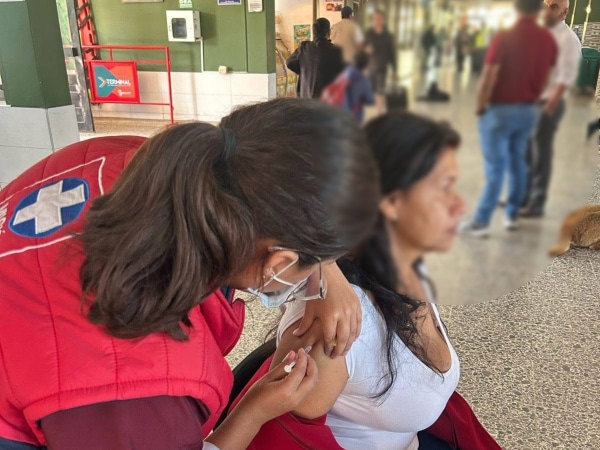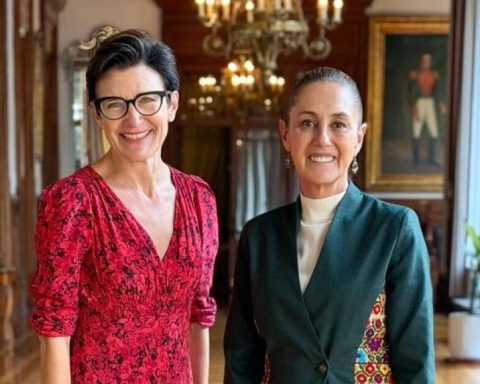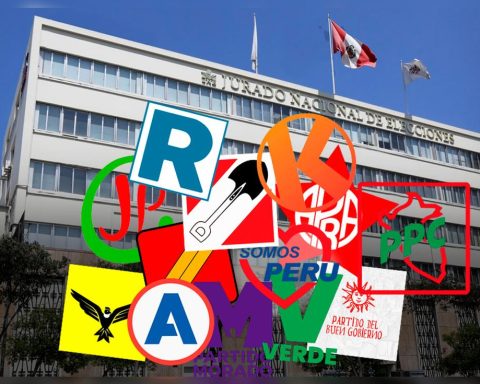The cultural exchange between Cuba and the United States has been one of the first targets of the Trump administration with respect to the island.
In August 2024 the US embassy in Havana had reactivated the possibility of processing visas and exchange, including those of international cultural exchange programs. In February of this year, a month after Trump’s entrance to the White House, his government returned dozens of passports without visa because they had been managed by Cuban government agencies.
At that time, the Deputy Minister of Foreign Affairs of Cuba, Carlos Fernández de Cossío, told the AP agency that with this gesture the US government “said that the application mechanism of a group of categories of visas that are used for state officials and their dependencies” United, such as culture, health, education, science and sports. ”
This measure is not just compromising the possibility that Cubans visit the United States for activities in those areas. Two weeks ago, the federal government canceled a trip to the island to the Jazz band of a Vancouver school, Washington. The foreign asset control office communicated them in a letter they received when they were enlisted for their flight that their trip “would be incompatible with the United States government policy.”
US government cancels at the last minute trip to Cuba of a university jazz band
In this context, a kind of oasis has resulted in the desert the fact that the Pacific Standard Time group, the main jazz choir of the Bob Cole Bob Cole Conservatory of the California State University in Long Beach, has managed to reach Cuba and develop here a program of presentations, exchange with artists and students of Cuban music.
To realize the visit was in the hands of Royce Smith, dean of the Faculty of Arts of that university, and for whom cultural exchanges have become a life goal more than a decade ago.
“I think my interest began with the prohibition. When someone tells you that you have no right to go to a place, it causes interest, it has the opposite effect on the soul of a creative and curious person,” Smith told Oncuba.
One week to change optics
“I really feel that my perspective of life has changed,” summarizes his experience Maggie Robertson, one of the Pacific Standard Time singers, composed of 13 voices, a low musical base, piano and drums and directed by teacher Christine Guter.
During its week on the island the group offered four concerts in very diverse stages, a program of presentations conceived to reach different audiences: the Hotel Clxon, the University of the Arts, the Theater of the National Museum of Fine Arts and the Cuban Art Factory.
The high quality of the musical proposal they brought is unquestionable and is endorsed for 14 consecutive years deserving the Downbeat Student Music Awards, the most prestigious awards in the education of jazz in the United States.
“I like to choose a repertoire that is inspiring, edifying and curative. It is important that musicians are also healers, because the world is so conflictive at this time, that we want to contribute something good,” says Christine Guter, who as the rest visited Cuba for the first time.
The group was at the Manuel Saumell Elementary School of Music, exchanged with the National Choir of Cuba at its headquarters, attended a concert of ISSAC Delgado and received master classes of popular music and Cuban percussion with musicians from the Los Van Van and Yaroldy Abreu orchestra.
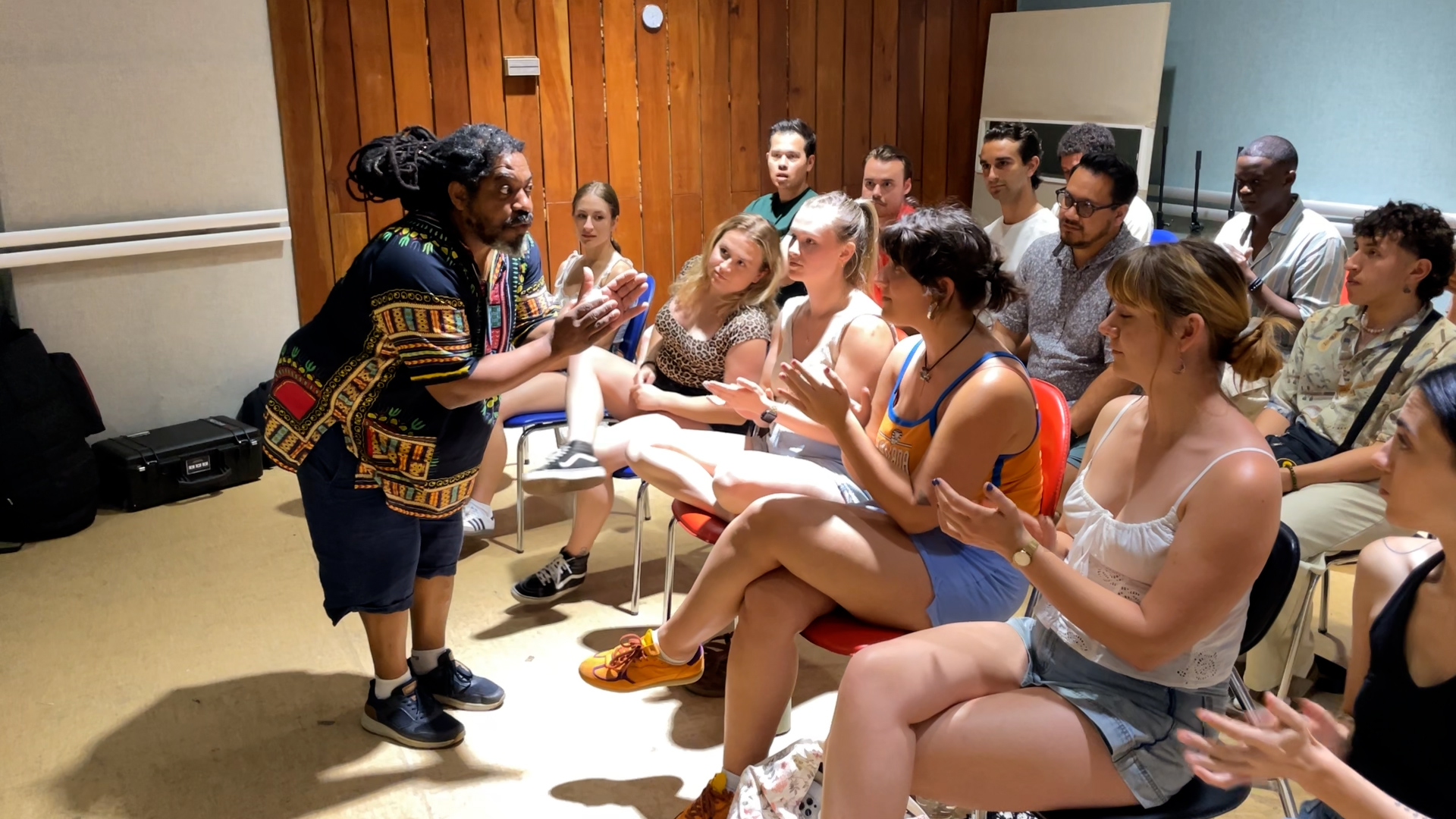
Every minute was made to the fullest so that this was a tour of true recognition of Cuba and its culture.
“We love Latin music, and Cuban music and jazz are very adjacent. We have a lot to learn about Cuban music and culture. I thought it would be a really wonderful opportunity to learn from you and to share our music with you. It has been incredible, nothing we could have imagined,” Guter said.
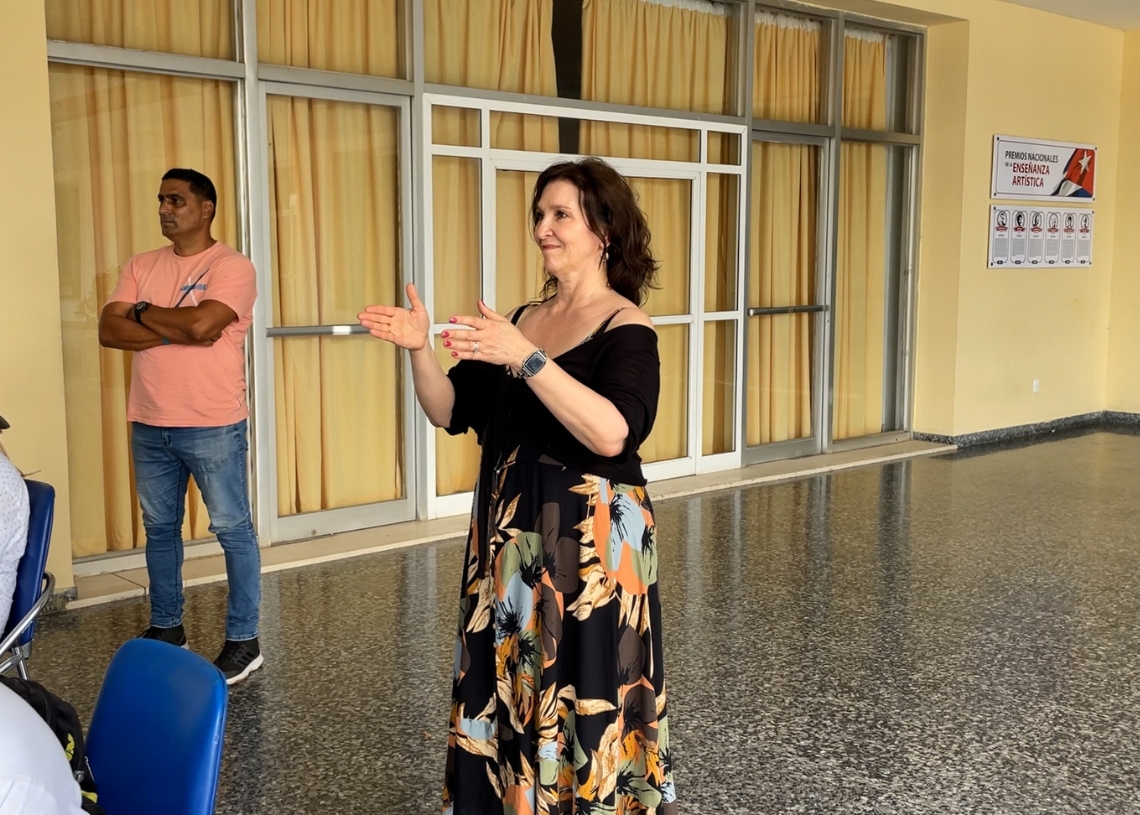
His is a collective criterion that at the same time manifests itself in diverse ways, since each member takes home a personal experience.
A Ace Homami, one of the voices of PST, what impressed him most was “people, music, art in general, which is not only within the artistic scene itself, but in all of Cuba. There have been so many moments in which I have looked around and I have thought that I am incredibly fortunate to be here to experience this culture, this atmosphere.”
“Being in Cuba has been one of the most enriching experiences of my life. It has been crazy about the amount of things that have happened that are so different not only of what happens in the United States, but of what I thought they could be. And it was not only musically enriching, which was, but enriching for my soul, for my personality, for me socially,” Robertson explains about the change of perspective that I mentioned.
Perhaps one of the strongest feelings were lived by Max Smith, grandson of Cubans who emigrated to the United States in the 60s. He is the first of his family who travels to Cuba since then. Its history was shared in each of the scenarios in which it was presented.
“It is incredible to be here, experimenting this and connecting with my roots and the culture with which I had never been in contact before. People here are very generous and that connection for me has made possible, they have made me feel welcome,” Max told Max Oncuba.
The vision of the island with which he landed here and what he has to say on his return is the most significant for him.
“It is very different from what they have told me about Cuba, I think it is very different from what it was in the 60s. I have been able to learn a lot about people, food and music. I will tell you to come and see it for themselves.”
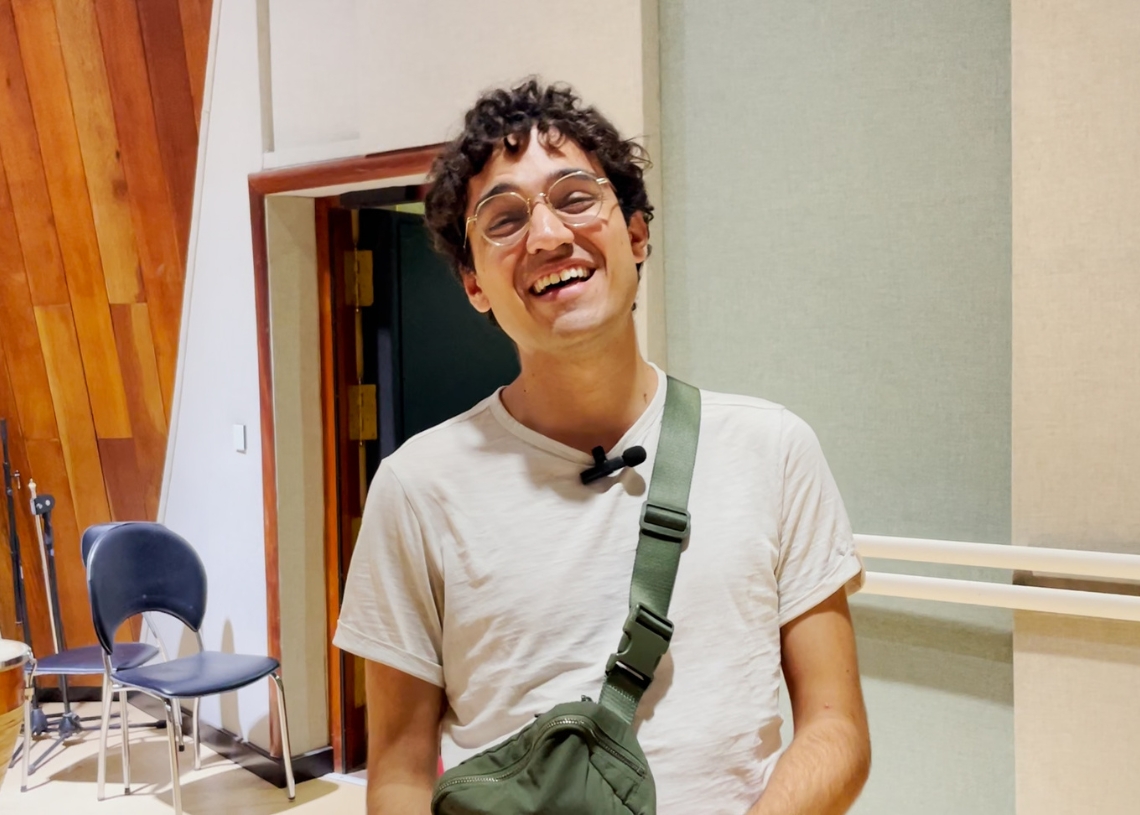
Give and receive
In 2011 Royce Smith arrived in Cuba with a group of students to visit the Biennial of Havana. Since then he has included contact with the island in his career as a teacher and curator.
He is currently the dean of the Faculty of Arts of Californian State University and also held the position at the Faculty of Arts and Architecture of the State University of Montana-Bozeman; He is a professor of art history and his work as a curator has made him part of important biennials, such as Asunción in Paraguay, Curitiba in Brazil and Havana.
“I started talking Spanish with 12 years, and my parents taught me that there are many more people who have the right to be called Americans, who live in other parts of the Americas, which is plural. And from that moment on, an interest was born in exploring that world, and Cuba too,” says Smith.
“I talked to my students, and we discovered that using the music link, the plastic arts, we always had the right to pass from the United States to Cuba. The arts have always been the bridge between the two countries. And using that, we have tried, with collaborations with Cubans, with Cuban institutions; create more links, more opportunities for exchanges,” he says.
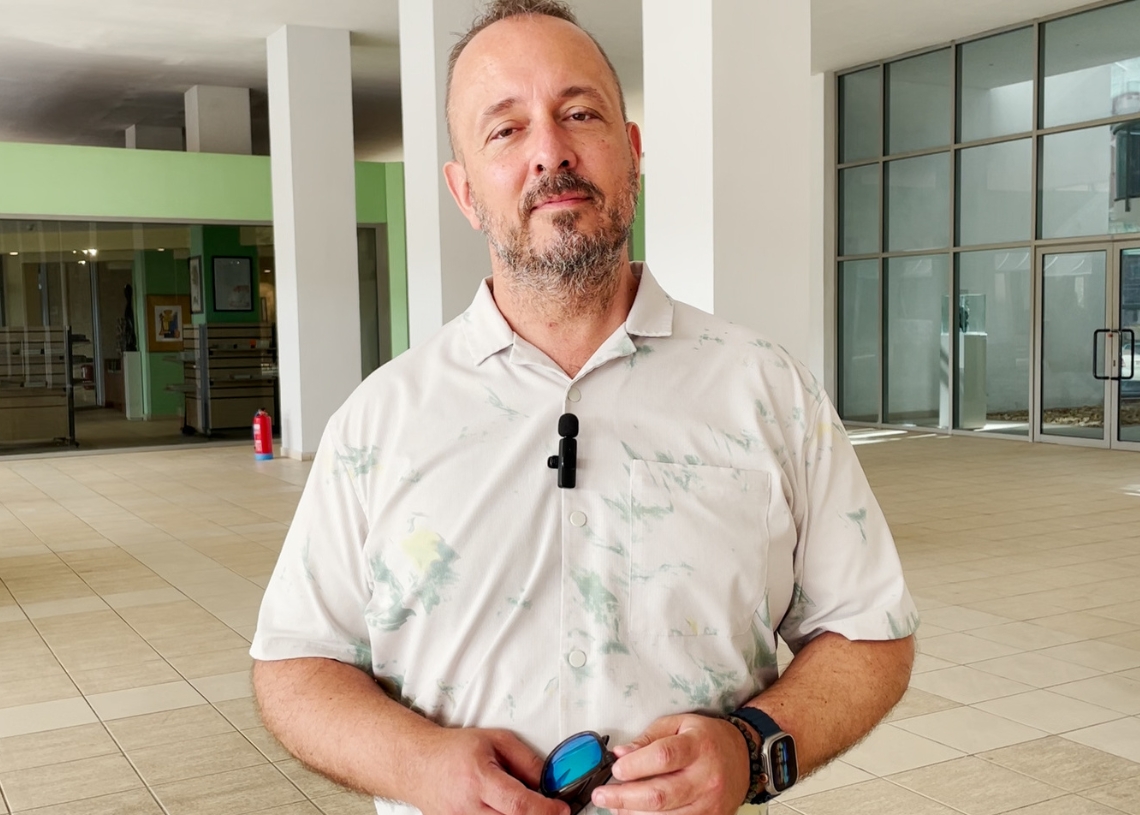
As a teacher and dean, he does his best to allow his students to live experiences like this.
“A university is a space dedicated to the development of the wisdom of various disciplines, because artists have to be teachers of their own techniques. But the question is how they translate that wisdom into a completely different cultural context, which has its charms, its history, its specific practices and customs.
“And students learn flexibility, they adapt to the Cuban rhythm. That is super important, because they have to find, discover another part of their artistic soul to succeed. There is something that has woke up, which I see on their faces, in their way of introducing themselves, of expressing themselves. And that is really the gift that Cuba has given them.”
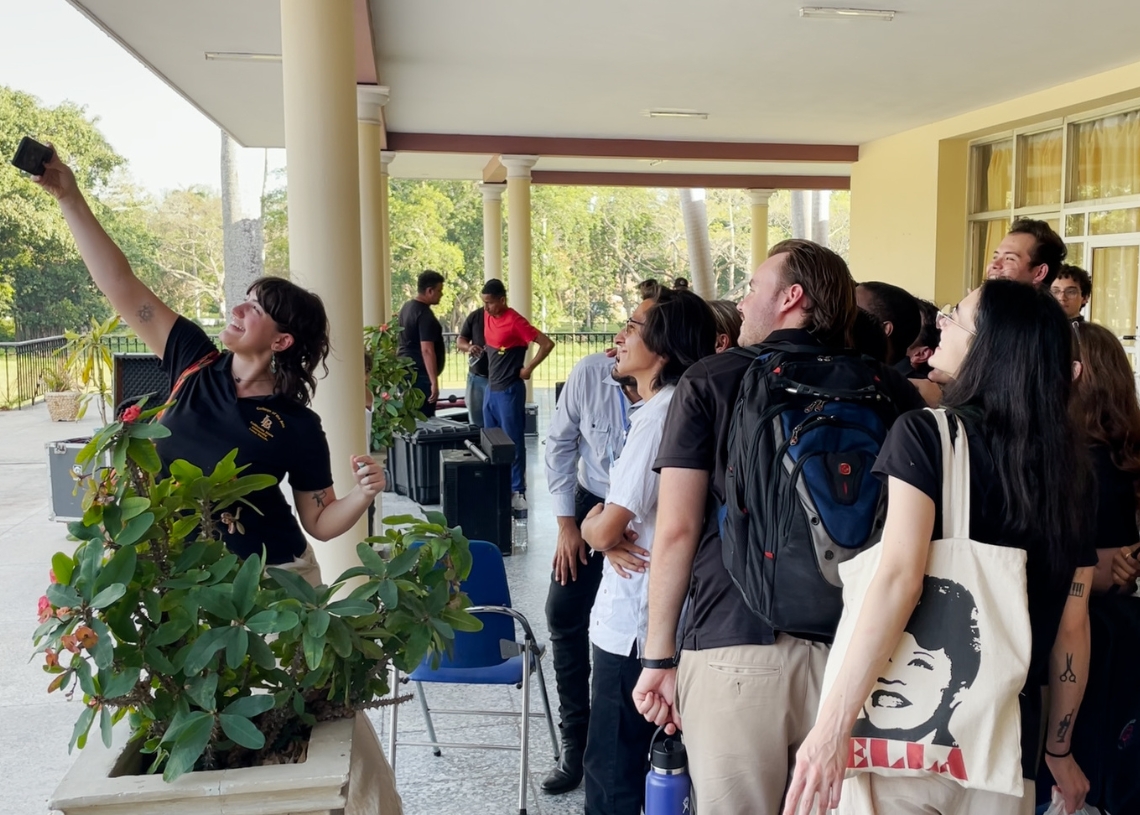
But it is an exchange, it is about giving and receiving.
“I always want to dedicate myself to creating a world in which we can collaborate. We are neighbors. We share stories, experiences, oppressions, successes, goals, visions, and it has been like that for hundreds of years. We have to respect ourselves, be honest, open, listen, have patience.
“My goal is that through the arts we can soften that relationship a little. We have the responsibility of being leaders in peace, in conversation and dialogue. And I am committed to doing that with my students, with my own professional practices. And that’s why I love Cuba,” Smith concludes.
